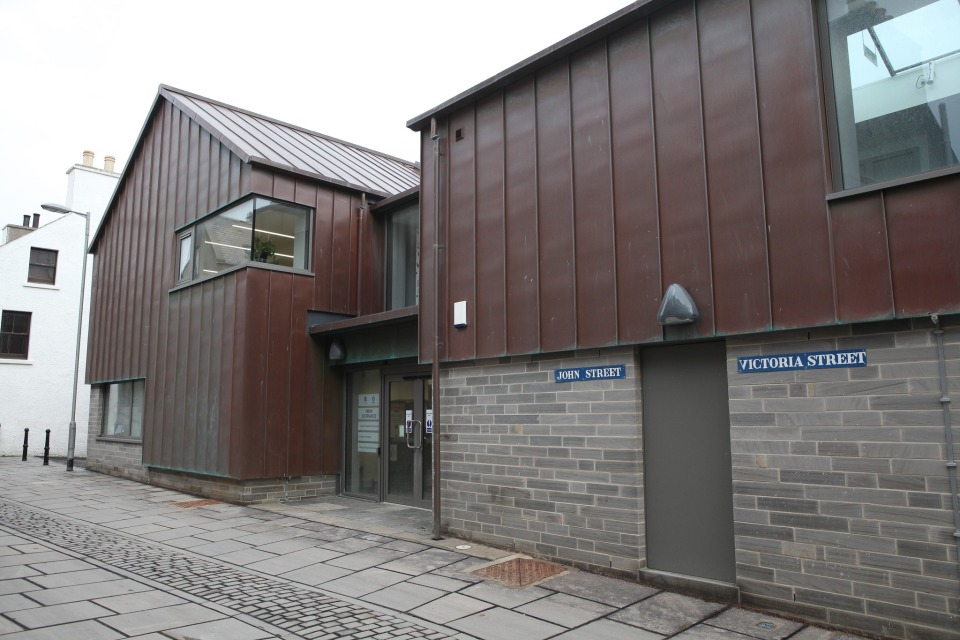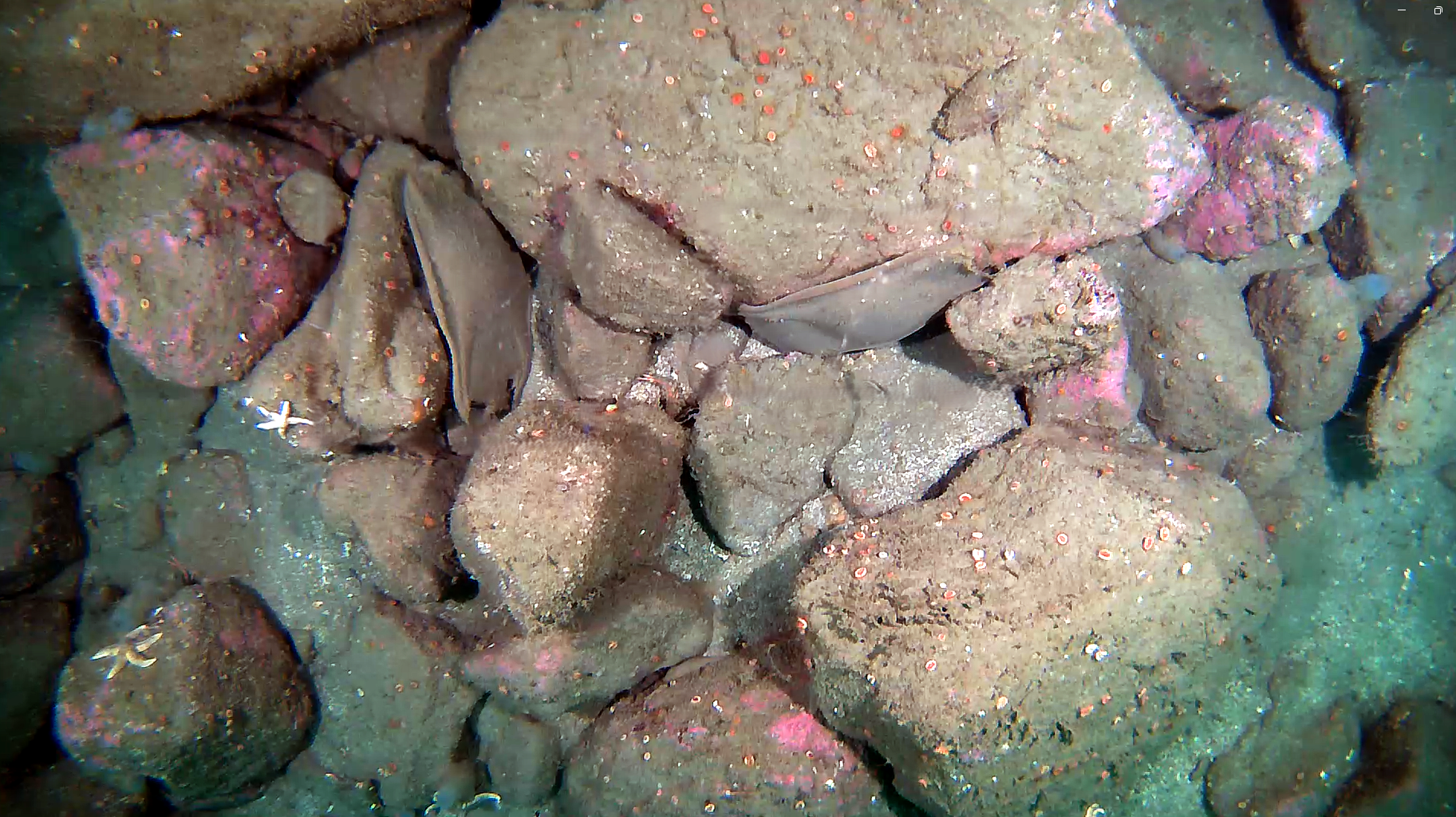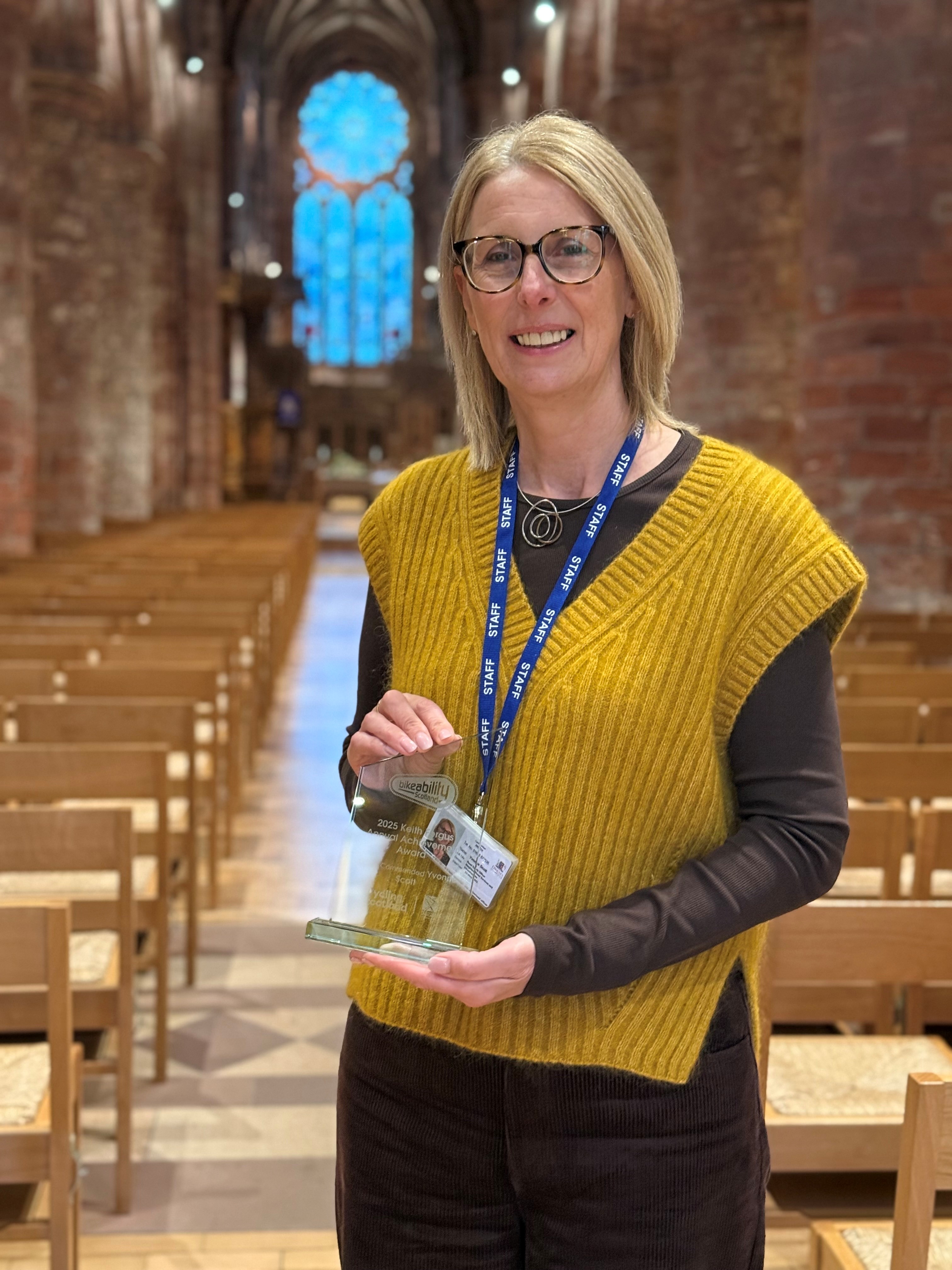Latest News
For press or media enquiries please contact the communications team by email.
-
Most popular baby names revealed
The most popular names for Orkney’s newborn babies in 2025 have been shared by the Council’s Registrar Service.
24 December 2025
-
Academy pupils secure £3,000 for Somas Light through The Wood Foundation’s Youth and Philanthropy Initiative
A team of S3 students from Stromness Academy have secured a £3,000 grant for Soma’s Light through the Youth and Philanthropy Initiative (YPI).
24 December 2025
-
The Warehouse Buildings celebrates their 10th birthday
The Warehouse Buildings, Stromness, mark ten years as a community hub.
Orkney Islands Council is celebrating a significant milestone this year as the Warehouse Buildings in Stromness mark the 10th anniversary of their opening in 2015.
23 December 2025
-
Orkney Business Survey 2025/26 – Have your say
The Council is inviting local businesses to have their say in the 25/26 business survey.
22 December 2025
-
Orkney Health and Care says ‘plan ahead’ on Power of Attorney
Orkney Islands Council is launching a campaign early next year aimed at encouraging families to put in place Power of Attorney arrangements for their loved on
19 December 2025
-
Flapper skate egg nursery site discovery in Scapa Flow
A potential flapper skate (Dipturus intermedius) egg nursery has been discovered in Scapa Flow.
If proven as an egg nursery site, this would be only the second one of its kind found in the world, with the first flapper skate egg nursery site identified at Red Rocks, west coast of Scotland in 2019.
19 December 2025
-
Orkney Business Survey 2025/26
The Council is inviting local businesses to have their say in the 25/26 business survey
19 December 2025
-
The Orkney Islands Council (Junction Road, Kirkwall) (Temporary Closure) Order 2026
Orkney Islands Council has made the above-named Order under section 14 of the Road Traffic Regulation Act 1984 to ensure the safety of the public and road users while R Clouston Ltd carry out building works.
18 December 2025
-
EV drivers need to prepare for public charging network change
Electric vehicle drivers in Orkney need to download a new app and order a new charging card by mid-January as the public charging network switches to ScottishPower.
17 December 2025
-
Bikeability coordinator wins recognition at annual awards.
Orkney Islands Council’s Road Safety Officer, Yvonne Scott, has been recognised as the highly commended runner‑up for the Keith Fergus Annual Achievement Award, celebrating outstanding commitment to the delivery of Bikeability Scotland training for local school children.
17 December 2025












